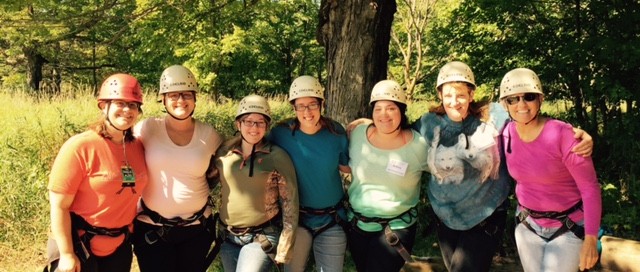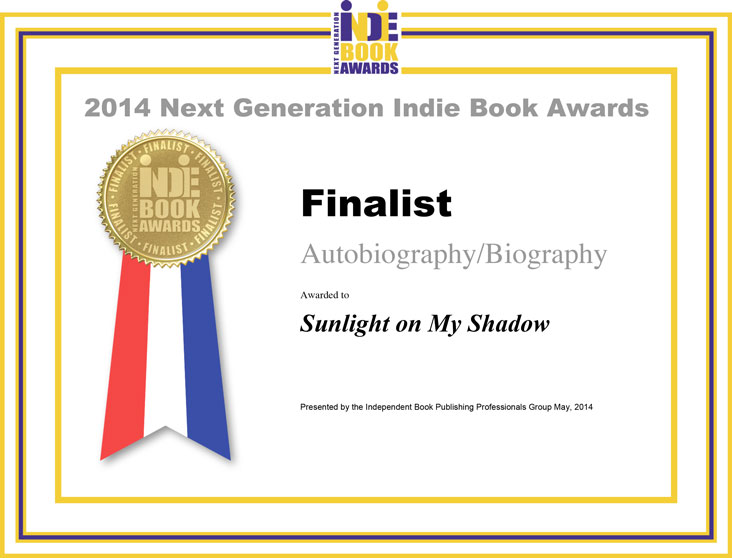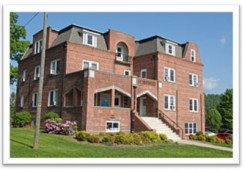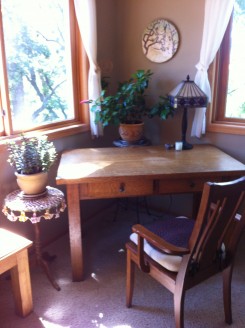I learned something profound this weekend. I spent it at a northwoods lodge on a lake in Minnesota with twenty-two mothers. It was hosted by Adoption Option an organization dedicated to opening hearts to adoption. We are called birth mothers because we are not parenting our children, but we are mothers first. When I first walked in the living room and saw all these women sitting on the couches and chairs chit chatting, I was overwhelmed with sadness, as I thought of the collection of pain represented in this room. All had placed their babies for adoption, some as recently as four months ago, one year, three years, all the way up to me, 48 years ago. Placing for adoption is a complex process that comes about after heavy consideration for the best choice. The decision is often muddy. Some of us can’t help but question if we did the right thing as we feel the guilt for not parenting our own children and the grief for not being able to care for and nurture our babies.
But what enlightened my journey with these women as I heard their stories is that there is another option besides closed adoption. My baby was born in 1967 and at that time my story was kept a secret. We told people I had a kidney disease. I went away, and came home recovered and started school in the fall. The complex emotions were tucked away to be dealt with much later in my adult life.
For these women at the retreat, they are dealing in real time with all these emotions. Many had chosen open adoption. This means they are able to pick the parents of their child. They get to watch them grow and thrive with loving parents. I suppose some can’t help but secretly think, I would do it better—this is a mother-thing—but nonetheless, they are a part of their children’s lives.
I love open adoption. It is good for the child who will inevitably have questions about where they came from. Their story is not a big secret but a natural part of their life. And this contact can bring comfort to the adoptive parents too because they can see that the birthmother’s love does not take away from their own relationship and love for their child.
As birthmoms, we don’t always know how to be.
Do you shower love on the child, the love that wants to burst from your heart, or do you hold back and restrain yourself so the grief when you say bye-for-now is not so devastating?
I just finished reading Brene Browns book, Rising Strong, and I learned that when you are vulnerable, you have to experience the middle icky part. The part where there is the most pain. There is no way to “protect” yourself by holding back. Because holding back does not lessen the pain, it just confuses it. And this denied pain and emotion can turn into dysfunction. It will come out in strange places.
At the retreat, I loved hearing the stories. Each one was unique. The baby a result of a long time relationship, a rape, a one night stand, failed contraception. What do you do when you are faced with an unplanned pregnancy? Adoption Option attempts to educate us so we consider adoption as an option to this derailment of our plans.
How great it was for me to see there is another way to handle adoption besides a closed adoption. Nothing about it is easy, but open adoption brings all the emotions, love, and reality to the families. Once this is in the light, I believe it is the healthiest scenario for the child, the parents, and the birth moms.
I loved hearing about the beautiful entrustment ceremonies:
The birth mom hands her child to the adoptive parents amongst a sprinkling of family and friends to celebrate this most unique and sacred start to a babies life.






 Sunlight on My Shadow was a finalist in the category Biography/autobiography for the year 2014. There were 5 finalists named for this prestigious award. This is the largest not-for-profit award program for independent publishers.
Sunlight on My Shadow was a finalist in the category Biography/autobiography for the year 2014. There were 5 finalists named for this prestigious award. This is the largest not-for-profit award program for independent publishers. Sunlight on My Shadow, begged to be written. It sat there for 40 years, this quiet weight on my heart, a story bound in secrecy and obscured by years of neglect.
Sunlight on My Shadow, begged to be written. It sat there for 40 years, this quiet weight on my heart, a story bound in secrecy and obscured by years of neglect. 



Recent Comments